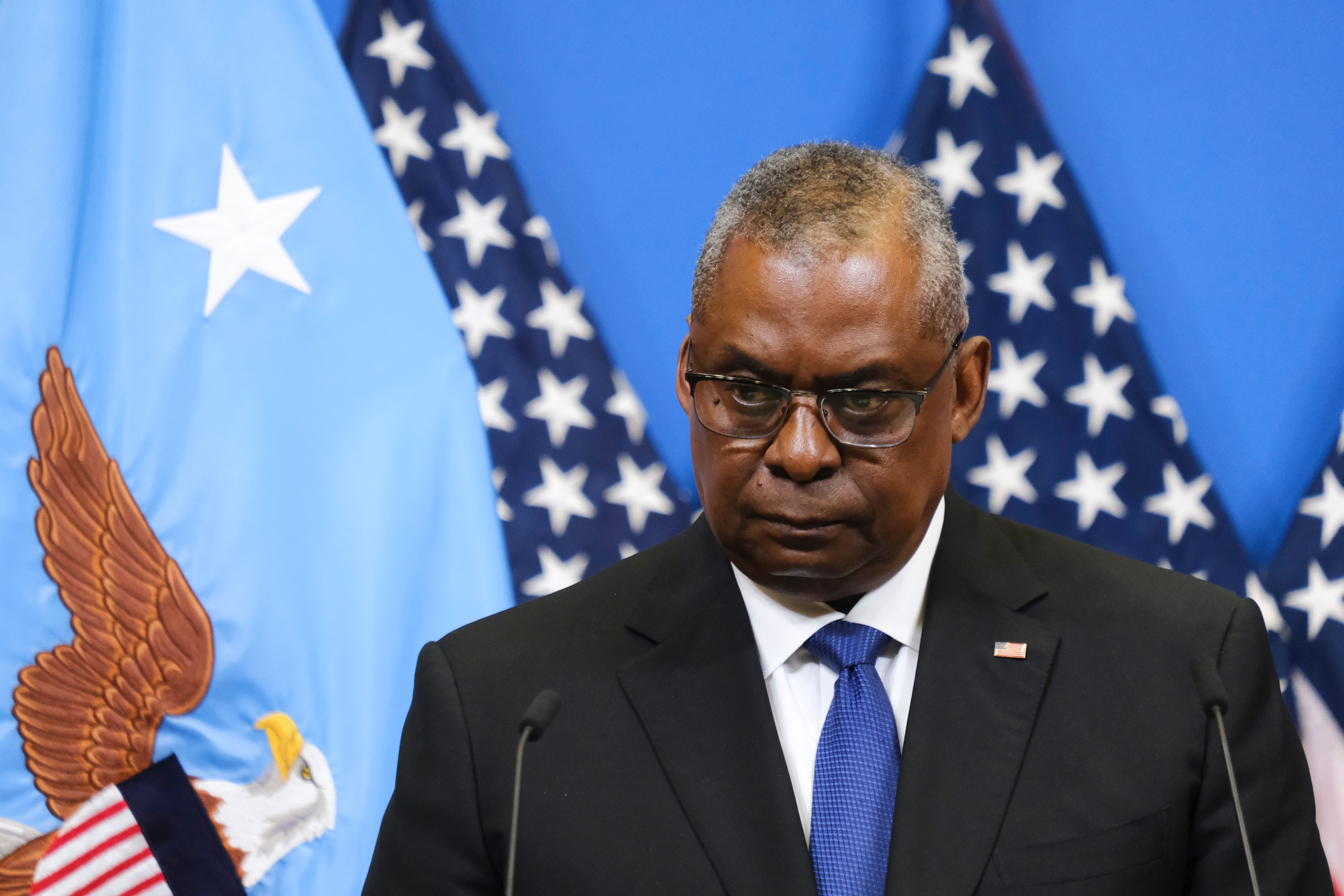Austin and as many as 50 defense leaders from Europe and around the world were meeting Monday to coordinate more military aid to Ukraine, as Kyiv tries to hold off a Russian offensive in the northeast while launching its own massive assault on the Russia-occupied Crimean Peninsula.
"We're meeting in a moment of challenge," Austin said, noting that Russia's new onslaught of Kharkiv showed why the continued commitment by the countries was vital to keep coming. Austin vowed to keep U.S. weapons moving "week after week."
The U.S. announced no new aid packages Monday, even as Ukrainian forces continue to complain that weapons are just trickling into the country after being stalled for months due to congressional gridlock over funding. Pentagon officials have said that weapons pre-positioned in Europe began moving into Ukraine soon after the aid funding was approved.
It's unclear how much of that has reached some of the front lines, where Russian troops have intensified their assault.
Russian President Vladimir Putin said on Friday during a visit to China that Moscow's offensive in Ukraine's northeastern Kharkiv region aims to create a buffer zone but that there are no plans to capture the city.
Ukrainian troops have been fighting to halt Russian advances in the Kharkiv region, while also increasing their offensive attacks in Crimea, including on military infrastructure sites on the Black Sea coast and in the Russian-occupied city of Sevastopol.
Ukraine has also struggled to get enough troops to the front lines, as the war drags on into its third year and fighting takes its toll. In an effort to increase troop numbers, President Volodymyr Zelenskyy signed two laws, allowing prisoners to join the army and increasing fines for draft dodgers fivefold. The controversial mobilization law goes into effect on Saturday.
In the three weeks since President Joe Biden signed the $95 billion foreign aid package, the U.S. has sent $1.4 billion in weapons pulled from Pentagon stockpiles and announced it was providing $6 billion in funding through the Ukraine Security Assistance Initiative. USAI pays for longer-term contracts with the defense industry and means that the weapons could take many months or years to arrive.
In recent packages the U.S. has agreed to send High Mobility Artillery Rocket Systems (HIMARS) and rockets for them, as well as munitions for Patriot and National Advanced Surface-to-Air Missile Systems, artillery, anti-aircraft and anti-tank munitions, and an array of armored vehicles, such as Bradley and Mine Resistant Ambush Protected vehicles.
The U.S. is also providing additional coastal and riverine patrol boats, trailers, demolition munitions, high-speed anti-radiation missiles, protective gear, spare parts and other weapons and equipment.
The State Department has also approved a proposed emergency sale of High Mobility Artillery Rocket Systems (HIMARS) to Ukraine for an estimated $30 million. State said Ukraine has asked to buy three of the rocket systems, which would be funded by the government of Germany.
The U.S. has now provided about $50.6 billion in military assistance to Ukraine since Russia invaded in February 2022.
